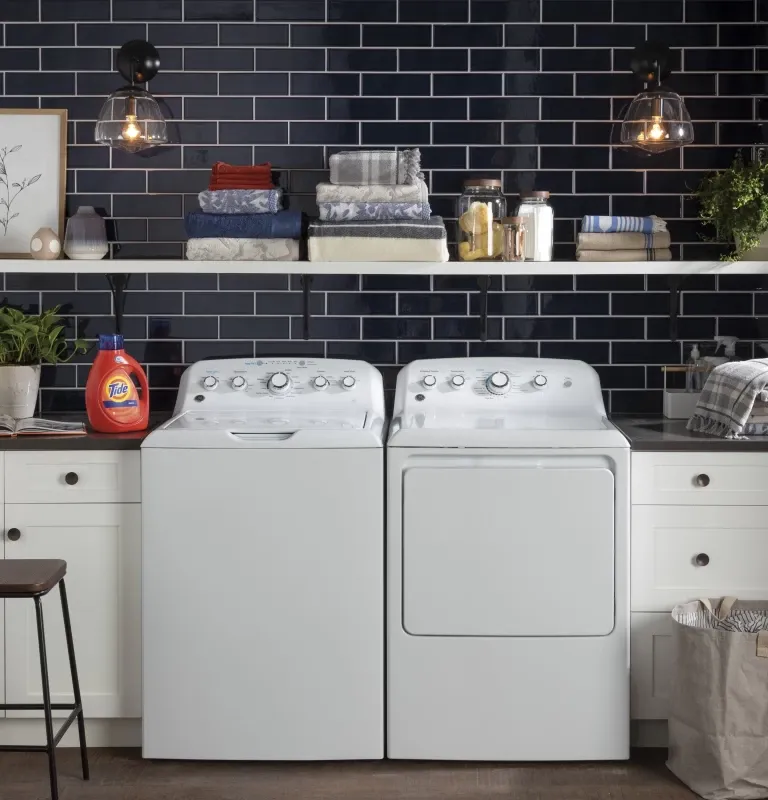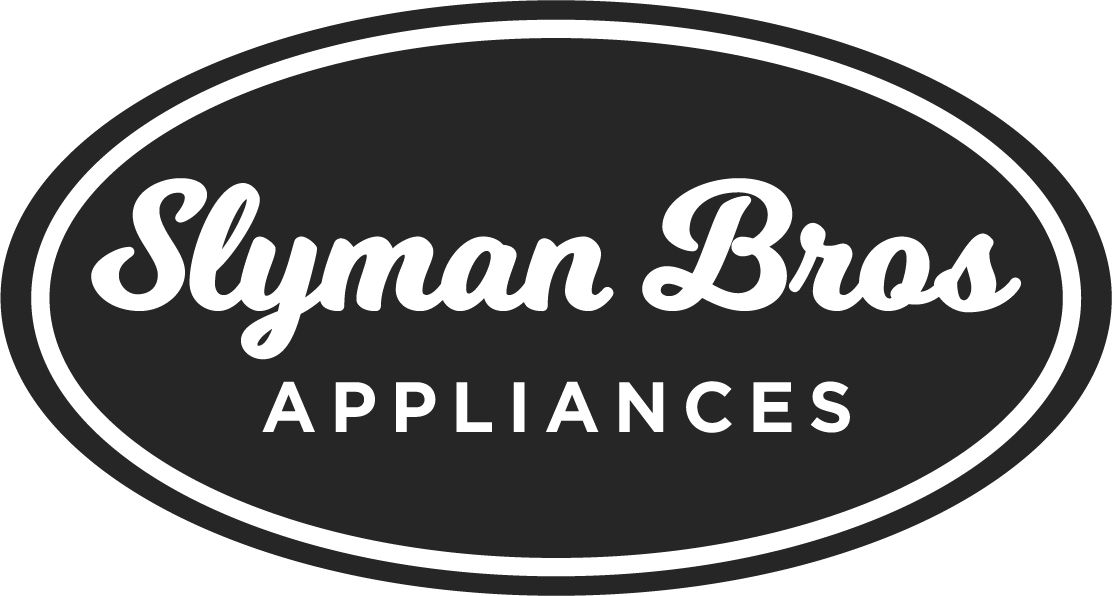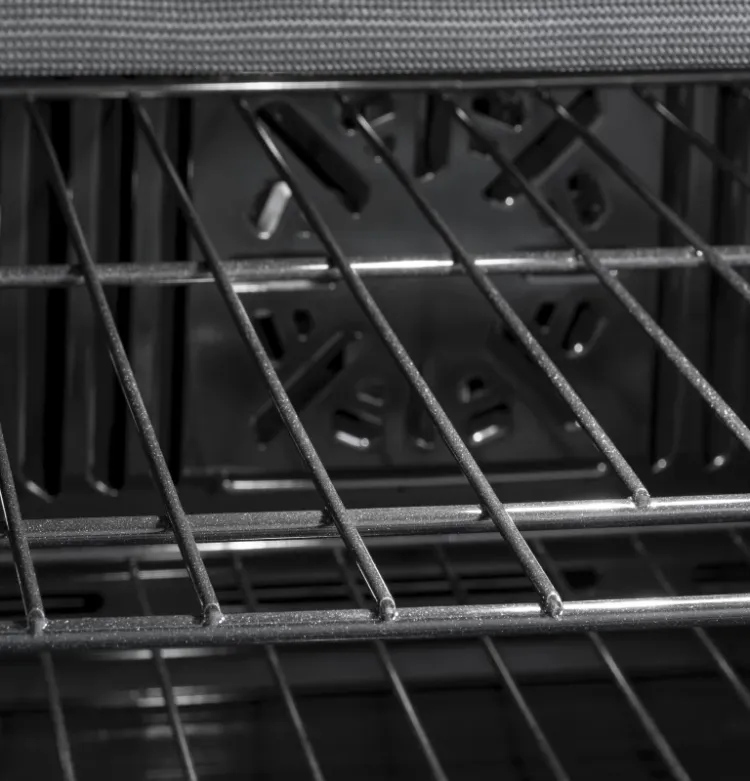How to Clean a Washing Machine Right

In the bustling rhythm of everyday life, your washing machine stands as a real unsung hero in your home. It tirelessly ensures your clothes stay sparkling clean whenever they need a wash. However, the importance of maintaining a clean washing machine is often overlooked by homeowners. It's important to remember that a clean washer helps maintain the appliance's longevity and also the quality of laundry it produces. You can see why it's so important to learn how to clean a washing machine.
Regular washer maintenance is essential not only for mold prevention and odor elimination but also for keeping the appliance running efficiently. This guide will dive into the various methods of cleaning your washing machine, from removing detergent residue and mineral deposits to cleaning the fabric softener dispenser.
Understanding these household cleaning tips can significantly enhance your laundry appliance care and ultimately lead to a fresher, cleaner load of laundry.
Why Clean a Washing Machine?
Maintaining a clean washing machine is not just about preserving the appliance's appearance; it's about making sure it performs at the highest level for years and years. Here's why regular cleaning of your washer should be an integral part of your laundry appliance care routine:
Prevents Odors, Mold, and Mildew in Your Washer
Over time, washing machines can become breeding grounds for unpleasant odors. Moisture and residue left behind after each wash cycle can lead to mold and mildew formation in damp environments. Regular cleaning to your washer, especially in areas like the detergent and fabric softener dispensers, helps eliminate these odors, keeping your machine smelling fresh and killing any mold or mildew that might be lurking.
Extends the Lifespan of Your Appliance
Just like for any household appliance, regular maintenance, including cleaning, is crucial for keeping it running at its peak. By keeping your washing machine clean, you're also getting the opportunity to look at any possible wear and tear, allowing you to address minor issues before they escalate.
Dirt, soap scum, and mineral deposits can hinder your washing machine's efficiency over time. By removing these residues, you can help keep your machine clean and operating smoothly.
Ensures Cleaner Laundry
When you take care of your washing machine it means you're taking better care of your clothes. Regular cleaning is a critical component of laundry appliance care. It helps ensure that each load of laundry is thoroughly cleaned and free from any unpleasant odors or residues that accumulate when you wear them.
Residue from detergent and fabric softener accumulates in your washing machine, affecting its performance. That accumulation causes the debris and blockages that prevent your laundry from not being as clean as it could be. A clean washing machine, free from all that built up residue, ensures that your clothes come out as clean and fresh as possible.
Supplies Needed for Cleaning Your Washing Machine
Before diving into the cleaning process, it's important to make sure that you have all the necessary supplies. Having the right tools at your disposal will make cleaning washing machines more efficient and effective. Here's a list of what you'll need:
Cleaner Tablets or Bleach and Vinegar
- Washing Machine Cleaner Tablets
These cleaner tablets are specially formulated to remove residue and odors from your washing machine. Their ease of use makes them ideal for an easy and effective way to clean and keep up regular maintenance.
- Bleach or Vinegar
For a more hands-on approach, you can use bleach and vinegar (not simultaneously, to avoid dangerous chemical reactions). Bleach is excellent for sanitizing and addressing mold and mildew, while vinegar is effective at dissolving mineral deposits and detergent residue.
A Clean Towel or Rag
A clean towel or rag is always needed for wiping down the exterior and reachable parts of your washing machine. Bring a couple with you. One that you can use to clean and another that you can use to dry the surfaces to prevent the formation of new mildew.
Old Toothbrush for Scrubbing
An old toothbrush is perfect for getting into the nooks and crannies of your washing machine. It provides good scrubbing assistance for areas such as the fabric softener dispenser, the door seal, or around the agitator. Dip your toothbrush in a vinegar-water mixture to make an excellent cleaner for scrubbing away stubborn mold or residue.
Microfiber Cloth
After cleaning your washer, a microfiber cloth is a perfect tool to dry and polish the exterior of the washing machine. Its soft texture ensures that you won't scratch or damage the surface, leaving it shiny and clean.
With these supplies in hand, you're well-prepared to tackle washing machine cleaning. You'll be able to effectively remove detergent residue, eliminate odors, and prevent mold and mildew growth. This simple preparation step is a crucial part of efficient household cleaning tips, setting the stage for a clean laundry appliance.
Step-by-Step On How to Clean a Washing Machine
Ensuring your washing machine remains clean and functional requires regular maintenance. This step-by-step guide will walk you through various methods to clean your machine. So whether you have a top loader or a front loader washing machine, you'll be able to easily eliminate odors, prevent mold, or simply maintain its efficiency.
Cleaning with Vinegar and Baking Soda
1. Empty the Washer: Make sure all clothes are out of the washer before you start. It's necessarry to start with an empty washing machine.
2. Add Vinegar: Pour one cup of white vinegar into the detergent dispenser. If you don't have a detergent dispenser then pour your cup of vinegar into the drum of the washer. Vinegar is a natural disinfectant and will help in removing odors and loosening residue.
3. Add Baking Soda: Sprinkle half a cup of baking soda directly into the drum of the washing machine. Baking soda acts as a gentle abrasive and deodorizer.
- Run the washer for a few minutes to mix the vinegar and baking soda with hot water.
5. Soak: Pause the cycle and let the mixture soak in the washer for an hour to break down grime and neutralize odors.
6. Run the Washer: Resume the cycle and let the washer run through to the end to flush out all the buildup and residues.
- If you notice you still have a buildup of residue, re-run the cycle again with hot water to get the rest of the cleaning solution and buildup off.
Using Washing Machine Cleaner Tablets
1. Start with an empty washing machine that's also dry from any previous washes.
- Then, place the washing machine cleaner tablet in the drum.
- Run the machine on a hot water cycle. The tablet's chemicals will dissolve and circulate to clean and deodorize the entire system.
- As mentioned before, if you find there is still residue left, try re-running another cycle with just hot water.
More Than Just Water: Deep Clean with Oxygen Bleach or Borax
- For a deeper clean, use oxygen bleach — such as Oxi Clean — or a mixture of borax and washing soda. These are safe for both front loaders and top loaders.
- Add your chosen cleaner to the drum and run the washer on a hot cycle to dissolve and eliminate tough residues.
- During the final rinse cycle, add a cup of white vinegar to finalize the cleaning process, ensuring a thorough cleanse.
Clean the Door/Lid
- Rubber Gasket: For front-load washers, clean the rubber gasket around the door by wiping it down with a vinegar-soaked cloth to remove mold and residue.
- Door/Lid: Wipe the inside and outside of the door/lid with a damp cloth of warm water or a vinegar cleaning solution to remove any dirt and grime.
Maintaining Detergent Trays and Washer Parts
- Detergent Dispensers: Remove the detergent trays and fabric softener dispensers, and soak them in hot water. Use an old toothbrush to scrub away any residue before rinsing and replacing them. If you place your detergent in the drum itself, it might not be a bad idea to do a once over with a cloth and a vinegar cleaning solution.
- Removable Parts: Inspect and clean any other removable laundry parts of your washer in the same manner by letting them soak and giving them a good scrub to ensure they are free from detergent buildup and debris.
Clean the Exterior
- Wipe Down: Use a damp microfiber cloth to wipe down the exterior of the washing machine. This will remove any dust, dirt, grime, and water spots, keeping your machine looking as good as new.
By following this cleaning guide, you'll not only ensure your washing machine works efficiently but also extend its lifespan and improve your laundry's cleanliness. Regular maintenance, such as removing detergent residue and conducting agitator and impeller maintenance, is key to effective laundry appliance care and making sure you won't have to purchase a new appliance anytime soon.

